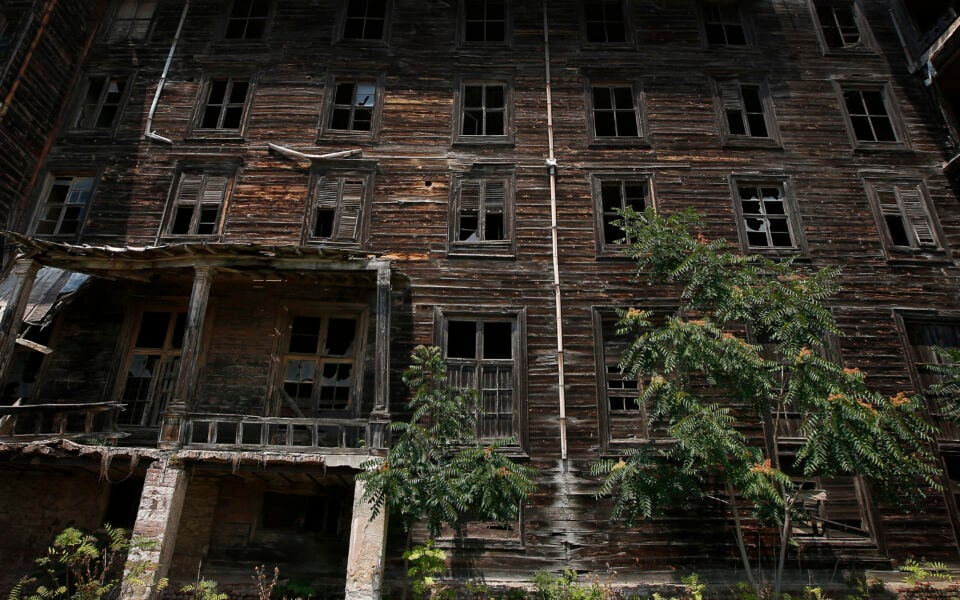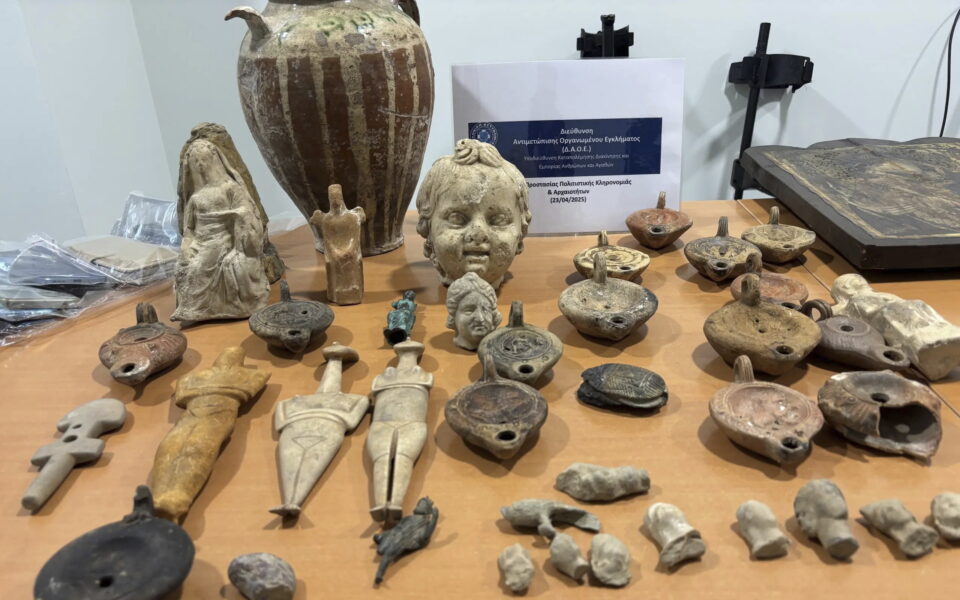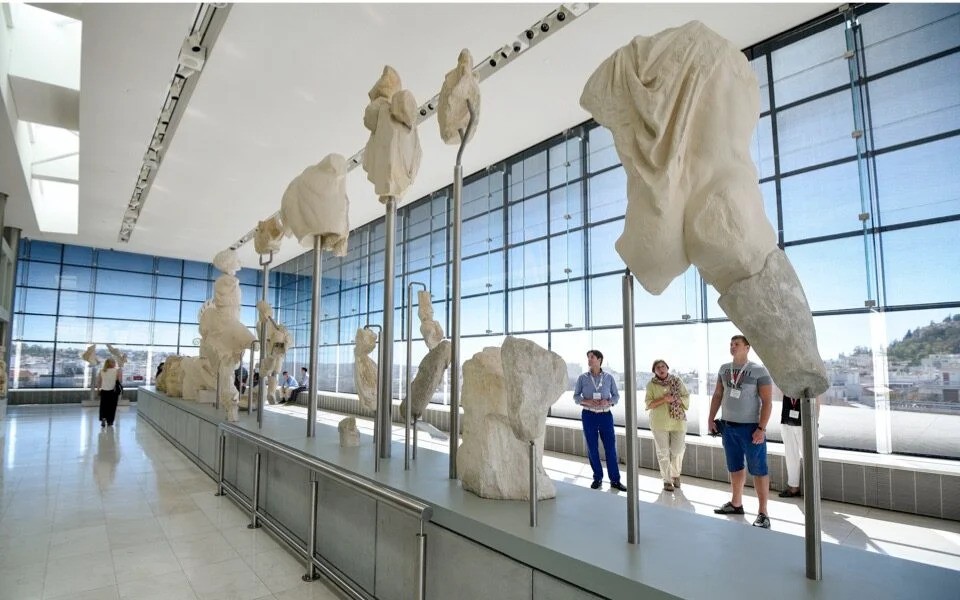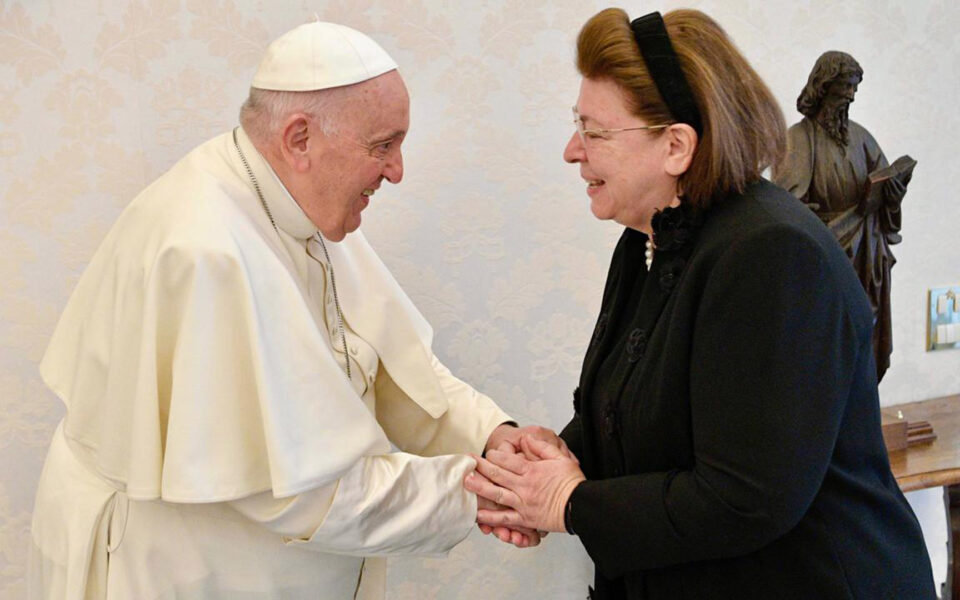New Messene museum to house 19,000 artifacts
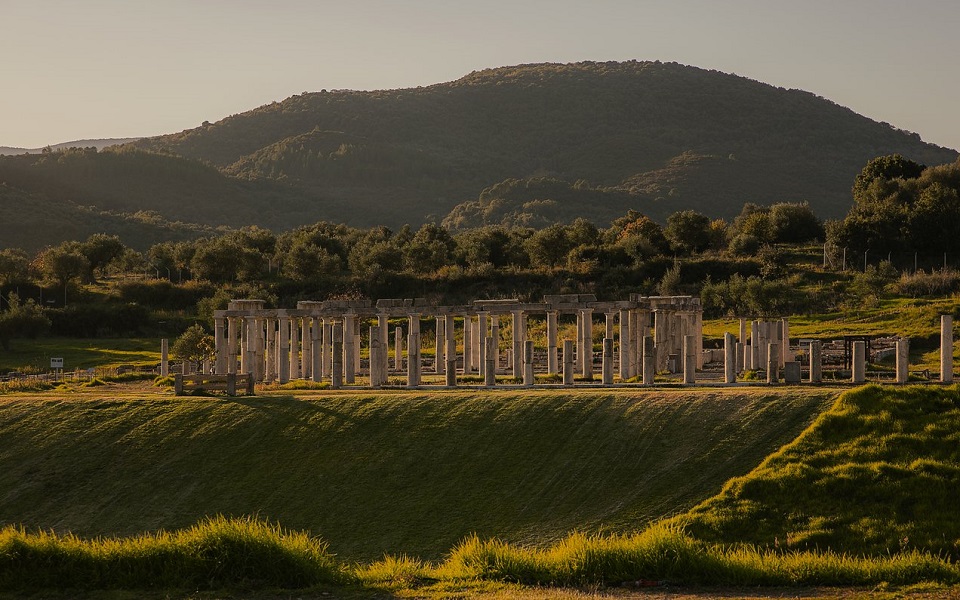
The upcoming Archaeological Museum of Ancient Messene in the Peloponnese is set to provide an additional 800 square meters of exhibition space over the capacity of the existing structure. The enhanced facility will also include supplementary storage facilities and additional rooms dedicated to temporary exhibitions and educational programs. The Museum Council of the Ministry of Culture unanimously approved the preliminary museological study early this week.
Commissioned due to the wealth of discoveries unearthed during excavations at the Ancient Messene site from 1987 until the passing of University of Crete professor Petros Themelis in October 2023, the new archaeological museum will showcase a curated selection of 19,000 movable artifacts. These artifacts, including architectural elements, sculptures, pottery, coins, metal objects, and bones, were uncovered by Themistoklis Sofoulis, Georgios Oikonomou, and Anastasios Orlandos, in addition to Themelis.
The existing museum, constructed between 1968 and 1972 with a permanent exhibition area of 183 square meters, lacks the necessary space to accommodate the extensive archaeological material. Therefore, the renovated structure will incorporate libraries, storerooms, hospitality areas, and more.
The new museum, developed through a program contract between the Ministry of Culture and the Regional Authority of the Peloponnese following an international architectural competition, will be positioned between the old museum and the archaeological site of Ancient Messene, covering a total area of 2,400 sq.m. It will boast 1,000 sq.m. of exhibition space, including 900 sq.m. for permanent displays and 100 sq.m. for temporary exhibitions, alleviating the archaeological site from dispersed artifacts.
According to the preliminary museological study, prepared by a working group of the Ephorate of Antiquities of Messinia (with Themelis as a scientific adviser), the new museum will present Ancient Messene as a palimpsest of material remains and meanings. Its narrative will focus on the Asclepeion, where the local sculptor Damofontas worked, and the sanctuary of the goddess Messana in the Agora of Ancient Messene.
The permanent exhibition will be divided into five thematic sections, with the central one addressing the organization of the city, private and public life. Subsections will cover topics such as the Asclepieion, fortifications and borders, urban planning systems, religious life, burial monuments, economic and artistic activities, theatrical and educational venues, private villas, and more. An introductory section will delve into the mythological and historical background of Ancient Messene, while another will highlight the ongoing life of the archaeological site, including its beginnings and continuity in Byzantine and post-Byzantine times.
In the same session, the Museum Council also approved the museological-museographic study and the lighting study for the conversion of the house of Yannis Ritsos in the castle town of Monemvasia, also in the Peloponnese, into a municipal museum. This museum will showcase documents from the life of the poet, watercolors and drawings made by him, other artistic works, furniture, photographs and more.
Source: ekathimerini.com

